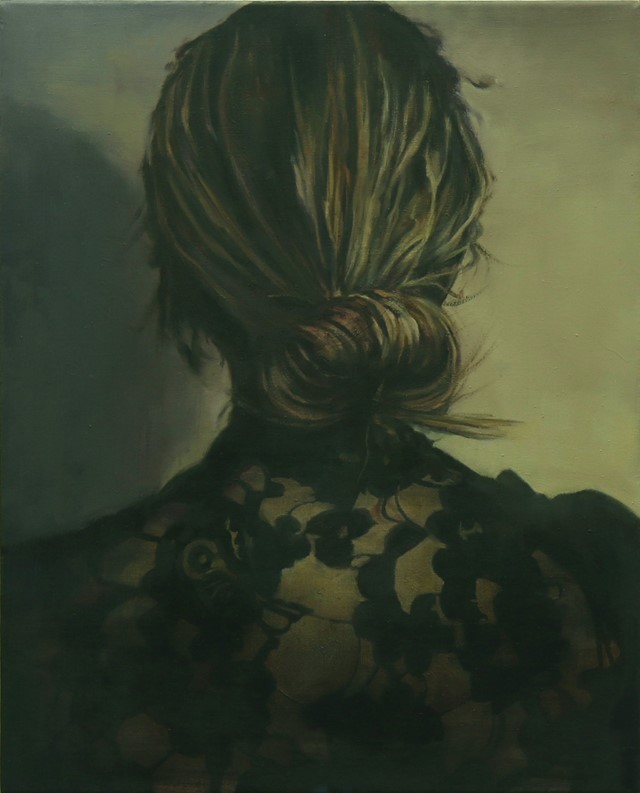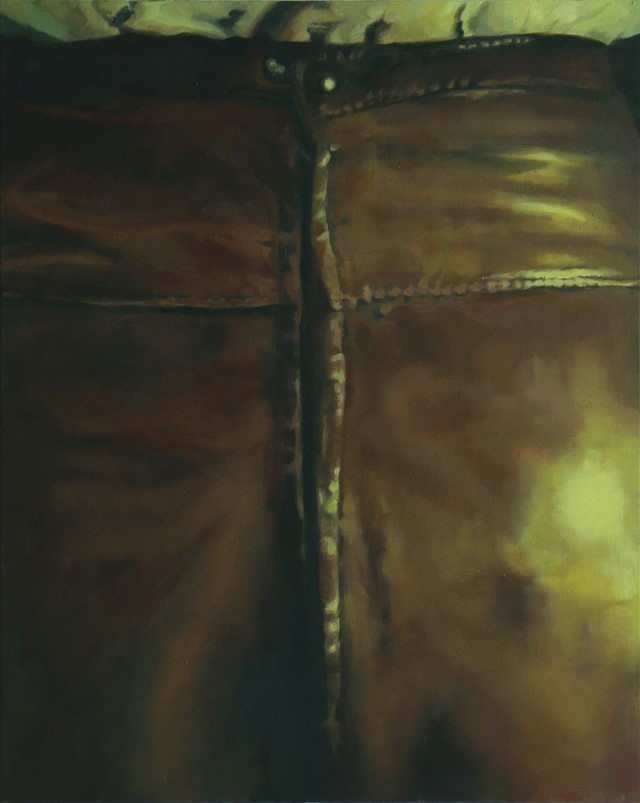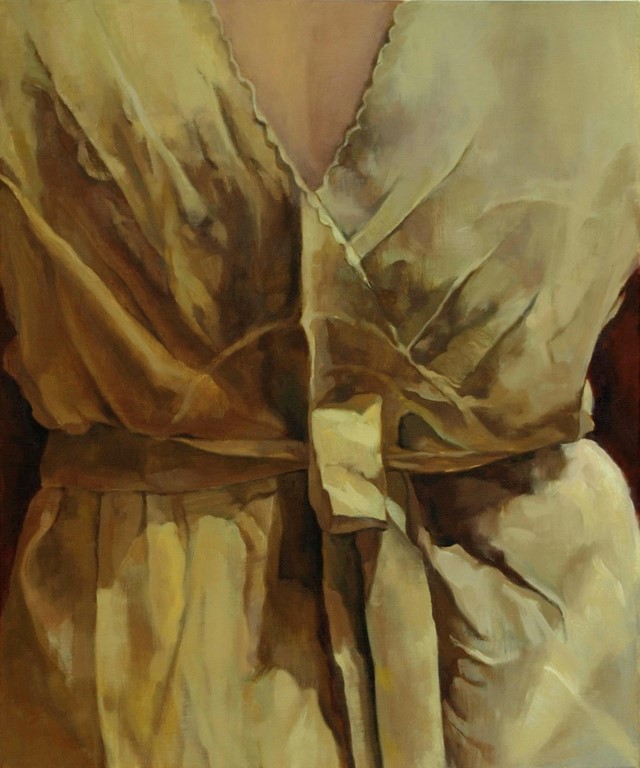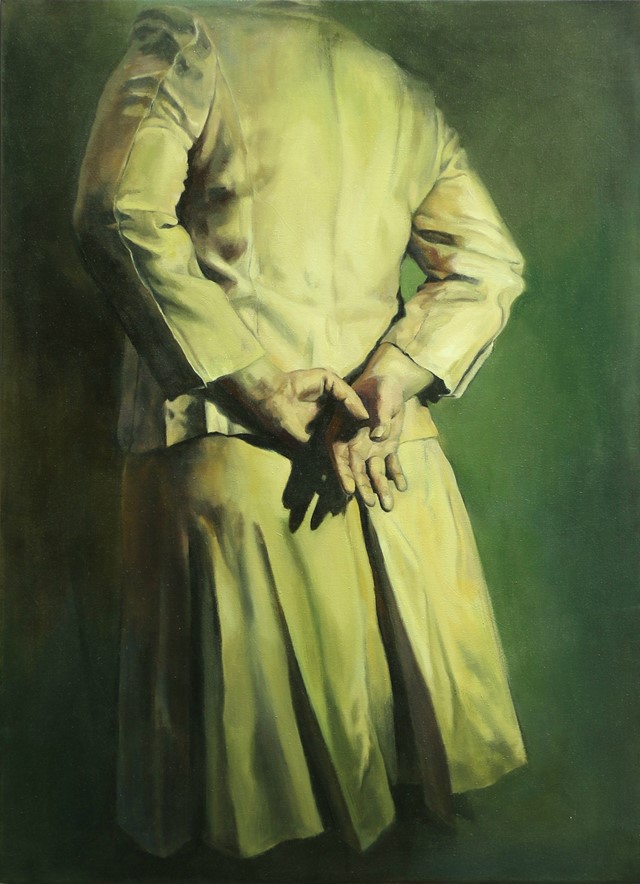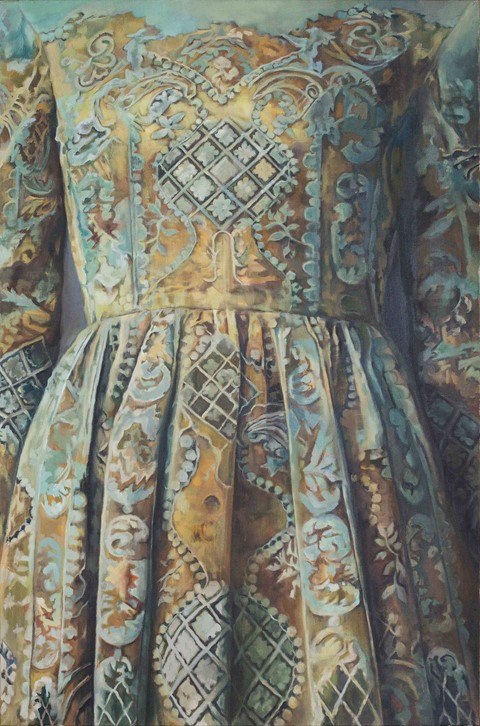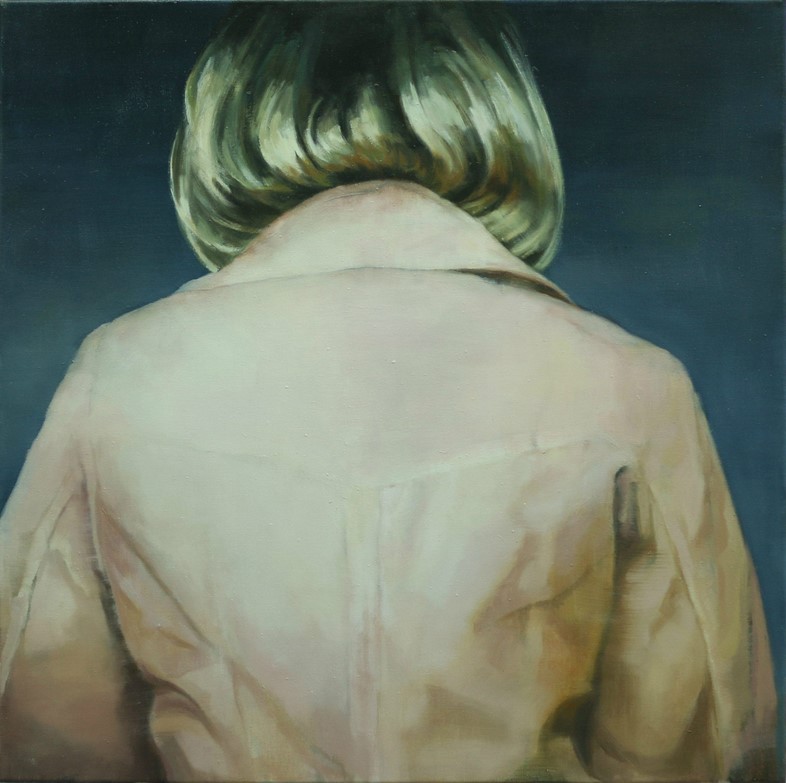“Fashion is the field for telling very personal stories,” explains Lia Kazakou, whose evocative paintings of clothes speak volumes about those wearing them
When you learn that Lia Kazakou’s mother is a dressmaker, everything falls into place. Her dreamy oil paintings focus on the sumptuous details of material; conjuring embroidery, jacquard, silk and lace with a paintbrush. “I was impressed by my mother’s ability to transform female bodies through fabric,” she says. “Somehow I try to recreate this magic of transformation through painting.”
But Kazakou’s pictures are not simply celebrations of cloth, nor are their subjects mere mannequins. Clothes tell stories in Kazakou’s pictures, but they are attendant on the characters who emerge from the frames. “Personality always comes first,” she says. “Everything else is complementary and designed to enrich the myth and the implication of the image. For me the texture of a fabric is like the features of a person in a portrait.”
Each image begins as a photograph or extant image, either envisioned and photographed by Kazakou or sourced by her as an evocation of a story she wants to tell. In the translation from paper to canvas a transformation takes place. “Through the painting process I rediscover the history of the image,” she explains. “The original picture changes and is rebuilt as something new.”
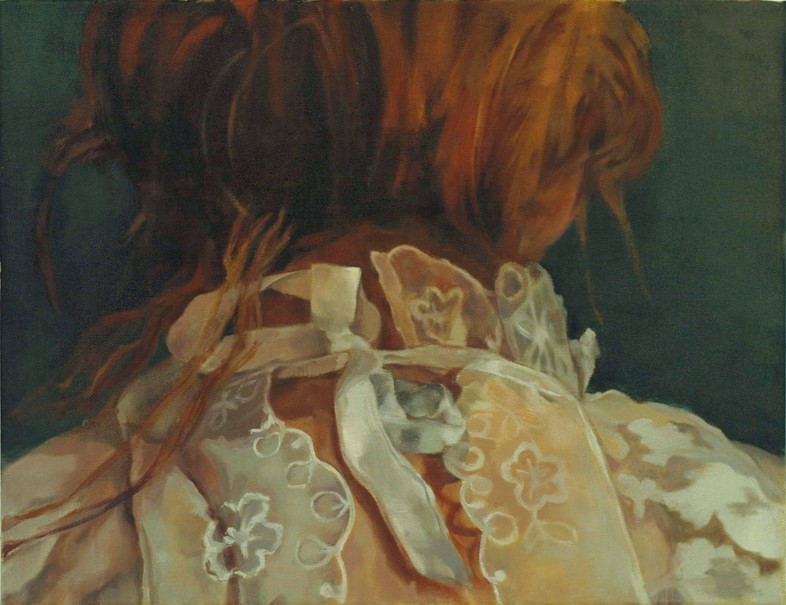
Myth and mystery are woven through the series. The body parts chosen are enigmatic – the nape of the neck, hands clasped behind the back, the strain at the waist of a pair of leather trousers. The clothes too are ambiguous. A richly detailed bodice makes nods to Elizabethan grandeur; the shimmer on a high-necked satin gown echoes the austere sublimity of Vermeer; a diaphanous sleeve recalls Maria Grazia Chiuri’s work for Valentino and Dior while the sheen on a coat under a blonde head is reminiscent of Julia Roberts’ in Pretty Woman. Without clear signposts as to our position in time and space, we are rerouted towards the highly personal, the energy rather than the facts of the person depicted, constructing a story from hints and suggestion. This fractured view brings unexpected intimacy, a deeper insight into a person who might somehow be harder to understand if seen in full.
Ultimately Kazakou’s work is a demonstration of the potency of fashion as a force of personal expression, a rebuttal to the tired trope of dismissing clothes as merely surface adornment. Clothes are not worn in the abstract, they are worn to flag to the world who we are, why we are, what we want to be. “Fashion is the field for telling very personal stories,” Kazakou says simply. “My painting derives from fashion but ends up in emotion.”
